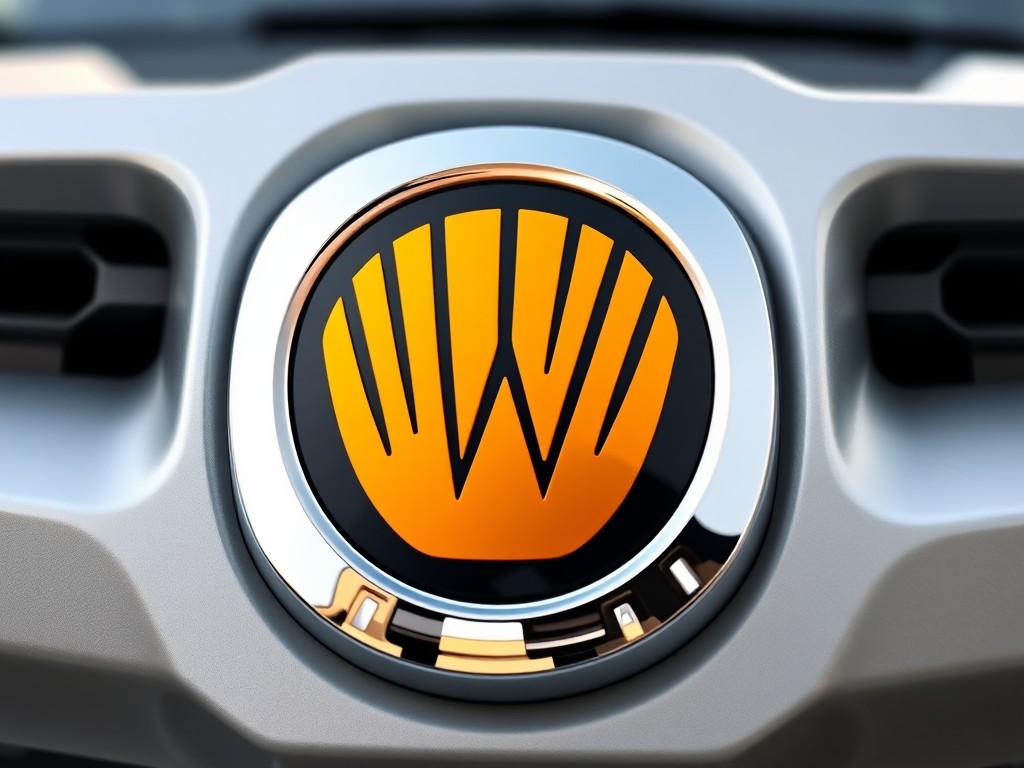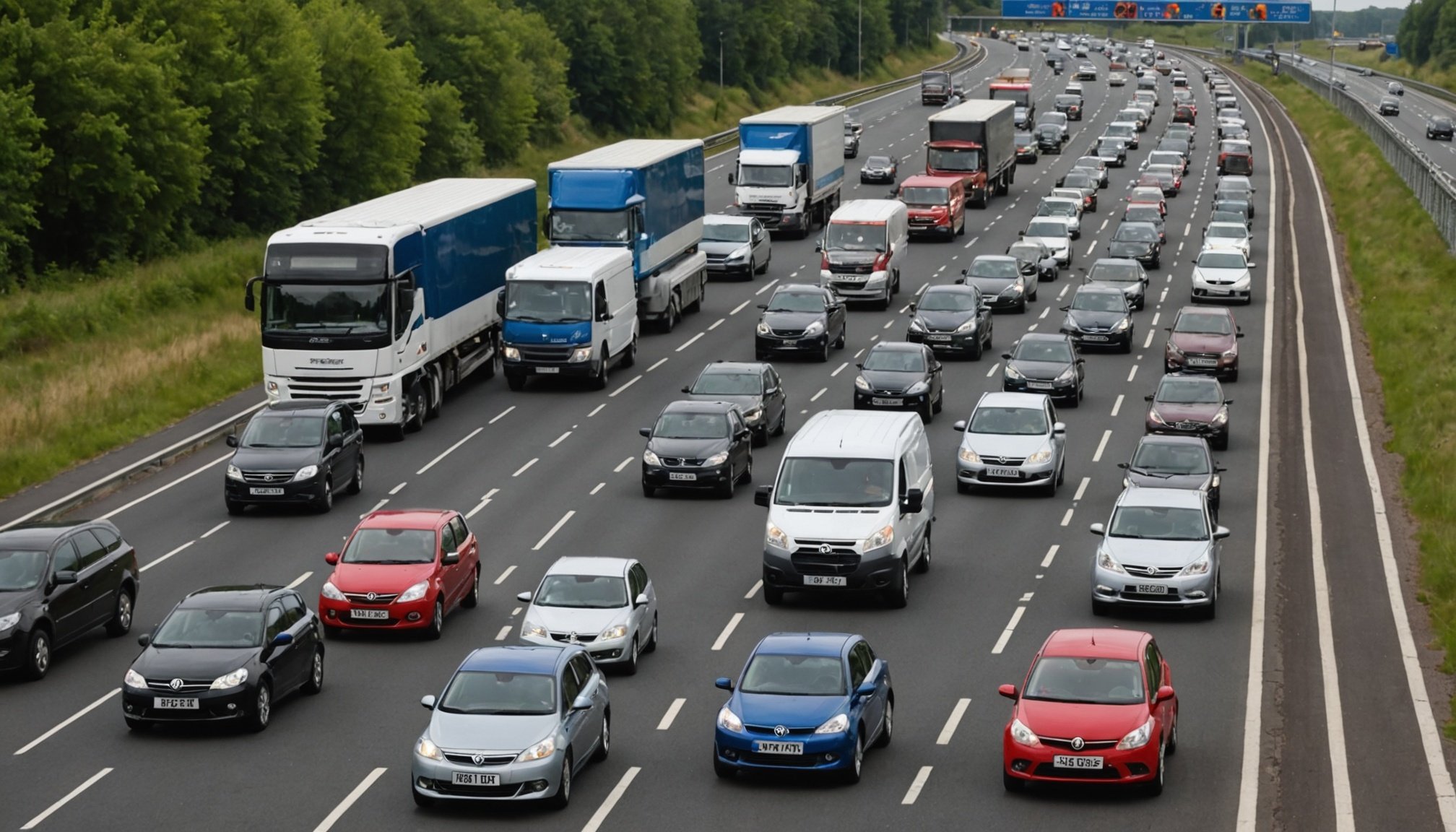The UK’s motorways can feel like a battlefield, where frustration and impatience often lead to road rage. Understanding motorway etiquette is key to transforming driving experiences and fostering a safer environment. This guide explores effective strategies to manage emotions behind the wheel, promoting calm and courteous behaviour. Learn how to cultivate patience, make smart lane choices, and enhance communication with fellow drivers, ultimately leading to a more enjoyable journey on the highways. Embrace the art of respectful driving for a stress-free road experience.
Understanding UK Motorway Etiquette
Navigating UK motorways can be a daunting experience, especially if you're unfamiliar with motorway etiquette and the specific UK driving rules. One of the most crucial aspects to understand is the importance of lane discipline. In the UK, drivers are expected to keep to the left lane unless overtaking. This practice not only facilitates smoother traffic flow but also enhances road safety. Failing to adhere to this rule can lead to congestion and even accidents.
In the same genre : Daikoku car meet: exploring japan’s legendary car gathering spot
Another key component of motorway etiquette is understanding speed limits and the role of variable speed signs. Speed limits on UK motorways are typically set at 70 mph, but these can change depending on traffic conditions. Variable speed signs are used to communicate these changes, helping to manage traffic flow and reduce the risk of accidents. It's essential to pay close attention to these signs and adjust your speed accordingly.
By following these guidelines, drivers can ensure a safer and more efficient journey. Understanding and respecting motorway etiquette not only benefits individual drivers but also contributes to a more harmonious driving environment for everyone on the road.
Also to see : Essential Tips to Combat Interior Fogging in UK Cars During Rainy Season
Common Causes of Road Rage
Understanding the triggers of road rage is essential for maintaining safety on UK motorways. Aggressive driving behaviours, such as tailgating and lane weaving, are primary contributors. Tailgating, or following another vehicle too closely, can escalate tensions, making drivers feel pressured and unsafe. This often leads to sudden braking or erratic lane changes, further fuelling road rage incidents.
Lane weaving, where drivers frequently switch lanes to gain a perceived advantage, disrupts traffic flow and increases the risk of collisions. This behaviour is not only dangerous but also heightens the stress levels of other drivers, potentially triggering confrontational responses.
Traffic congestion is another significant factor. When traffic is heavy, drivers may experience heightened frustration, leading to impatience and aggressive actions. The inability to move freely and the perception of being delayed can exacerbate these feelings, prompting drivers to act out.
Addressing these road rage triggers involves promoting awareness and encouraging patience. By understanding the impact of aggressive driving behaviours and recognising the role of congestion, drivers can adopt safer practices. This not only improves their own experience but also contributes to a more harmonious motorway environment for all.
Strategies for Preventing Road Rage
When it comes to preventing road rage, self-awareness and managing emotions are key. Recognising when you're becoming frustrated allows you to take proactive steps to maintain calm. Acknowledging these feelings can prevent them from escalating into aggressive driving behaviours.
Implementing calm driving techniques is essential. Start by maintaining a safe distance from other vehicles to avoid feeling pressured. If you find yourself getting tense, take deep breaths and consciously relax your grip on the steering wheel. This physical relaxation can help ease mental stress as well.
Music and mindfulness can play a significant role in maintaining calmness on the road. Listening to soothing music or engaging in mindfulness exercises, such as focusing on your breathing, can help keep your emotions in check. These practices encourage a peaceful mindset, reducing the likelihood of road rage incidents.
- Self-awareness: Recognise signs of frustration early.
- Calm driving techniques: Deep breathing and relaxed posture.
- Music and mindfulness: Use calming tunes and focus on breathing.
By incorporating these strategies, drivers can foster a more serene driving experience, contributing to safer roads for everyone.
Safe Driving Practices on Motorways
Safe motorway driving is essential for reducing accidents and ensuring a smooth journey. One critical aspect is maintaining safe following distances. This gives you ample time to react to sudden stops, preventing collisions. The general rule is to keep at least a two-second gap between your vehicle and the one in front. In adverse weather conditions, extend this to four seconds to account for reduced visibility and traction.
Defensive driving techniques are also vital when merging and changing lanes. Always check your mirrors and blind spots before making any move. Gradually adjust your speed to match the flow of traffic, allowing for a seamless integration into the desired lane. This reduces the risk of disrupting traffic and causing potential hazards.
Using indicators is another fundamental practice. Indicators communicate your intentions to other drivers, fostering a cooperative driving environment. Always signal well in advance of any lane change or turn, ensuring other motorists have enough time to adjust their actions accordingly. This simple act of courtesy can significantly enhance safety on motorways.
By adopting these practices, drivers not only protect themselves but also contribute to a safer and more efficient motorway experience for everyone.
How to Respond to Aggressive Drivers
Encountering aggressive drivers can be unsettling, yet knowing how to respond is crucial for maintaining safety on the road. When dealing with aggressive drivers, the first step is to remain calm. Staying calm helps prevent escalating the situation. Take deep breaths and focus on maintaining a steady speed and safe distance from the aggressive driver.
If faced with aggression, it is important to know when to disengage. Avoid eye contact with the aggressive driver, which can often provoke further hostility. Instead, concentrate on your driving and look for opportunities to safely change lanes or exit the motorway to distance yourself from the situation.
Understanding your legal rights and responsibilities is essential in these encounters. Drivers have the right to report aggressive behaviour to the authorities if they feel threatened. It's important to note down the vehicle's registration number and any other relevant details without putting yourself at risk.
- Stay calm: Focus on your breathing and maintain a safe speed.
- Disengage: Avoid eye contact and safely distance yourself.
- Legal rights: Report aggressive behaviour if necessary.
By following these strategies, drivers can effectively manage encounters with aggressive drivers, ensuring their safety and contributing to a more peaceful driving environment.
The Role of Traffic Laws in Motorway Etiquette
Understanding UK traffic laws is crucial for maintaining proper motorway etiquette. These laws establish the framework within which all drivers must operate, ensuring safety and efficiency on the roads. One of the key components is the Highway Code, which outlines essential rules and guidelines for drivers. Familiarity with the Highway Code is not only a legal obligation but also a practical necessity for safe driving.
Motorway regulations dictate several aspects of driving behaviour, including speed limits, lane usage, and overtaking rules. Adherence to these regulations is vital, as failure to comply can lead to severe consequences. Penalties for breaking traffic laws range from fines and points on your driving licence to more serious repercussions, such as driving bans or even imprisonment in extreme cases.
The importance of understanding these regulations cannot be overstated. By following the Highway Code and other relevant traffic laws, drivers contribute to a safer and more predictable driving environment. This not only reduces the risk of accidents but also enhances the overall flow of traffic, making journeys more pleasant for everyone involved.
Expert Opinions on Motorway Etiquette
Navigating the complexities of motorway etiquette can be challenging, but expert insights offer valuable guidance. Driving expert advice frequently highlights the significance of maintaining a calm and focused mindset. According to driving instructors, best practices include consistent lane discipline and respecting speed limits. These habits not only enhance safety but also contribute to a smoother traffic flow.
From a psychological standpoint, understanding the roots of road rage can prevent escalation. Experts suggest that recognising personal triggers and stressors is crucial. By identifying these factors, drivers can implement strategies to manage their emotions effectively, reducing the likelihood of aggressive incidents.
Statistics on road rage incidents underscore the importance of these practices. Data reveals that a significant proportion of motorway accidents are linked to aggressive driving behaviour. This highlights the need for heightened awareness and adherence to recommended practices.
- Driving expert advice: Emphasises lane discipline and speed compliance.
- Psychological insights: Stress the importance of recognising personal triggers.
- Statistics: Illustrate the impact of road rage on accident rates.
Incorporating these expert opinions into daily driving routines can significantly improve motorway safety and enhance the overall driving experience.
The Impact of Technology on Driving Behavior
Technology has significantly transformed how we approach driving, particularly on motorways. Navigation apps play a crucial role in reducing stress by providing real-time traffic updates and alternative routes. These apps help drivers anticipate and avoid congestion, allowing for a smoother and more predictable journey. By offering estimated arrival times and route options, these tools can alleviate anxiety associated with unexpected delays.
Dashcams have become essential in promoting safer driving. They offer a level of accountability by recording journeys, which can deter reckless behaviour. In the event of an incident, dashcam footage provides valuable evidence, encouraging drivers to adhere to traffic rules and maintain courteous behaviour.
Additionally, mobile apps are designed to foster courteous driving habits. These applications often include features that encourage users to drive more responsibly by tracking driving patterns and offering feedback. Some apps reward safe driving with incentives, motivating users to adopt safer practices.
- Navigation apps: Reduce stress by offering real-time updates.
- Dashcams: Promote accountability and safer driving.
- Mobile apps: Encourage courteous driving through feedback and rewards.
By integrating these technologies into daily driving routines, motorists can enhance their overall motorway experience, contributing to a safer driving environment.
Encouraging Courteous Driving Among Motorists
Promoting courteous driving is essential for creating a safer and more harmonious motorway experience. Community initiatives play a pivotal role in fostering safe driving habits. Local campaigns often focus on raising awareness about the benefits of courteous driving, such as reduced stress and lower accident rates. These initiatives may include workshops and seminars, providing drivers with practical tips and strategies for improving their road behaviour.
Educating new drivers on motorway etiquette is crucial. Driver education programmes should emphasise the importance of lane discipline, speed compliance, and the use of indicators. By instilling these values early, new drivers can develop habits that contribute to safer roads. Interactive sessions, where learners can engage in discussions and scenarios, can enhance understanding and retention of these concepts.
Leading by example is another powerful tool in promoting courteous driving. Experienced motorists who consistently demonstrate safe driving behaviours can influence others. Simple actions, such as maintaining appropriate following distances and signalling intentions clearly, set a positive example for fellow drivers. By embodying these practices, experienced drivers can inspire a culture of respect and safety on the road.
- Community initiatives: Raise awareness and provide practical tips.
- Driver education: Emphasise etiquette and safe habits.
- Leading by example: Influence through consistent behaviour.
Resources for Further Learning
To enhance your understanding of driving resources and motorway education, consider exploring various educational materials and platforms. Recommended books such as "The Highway Code" provide comprehensive insights into UK driving laws and etiquette. Online courses, like those offered by the Institute of Advanced Motorists, can further deepen your knowledge of safe driving practices.
For those seeking interactive learning, numerous websites and forums offer valuable support and advice. Platforms like PistonHeads and The RAC Forum are excellent for engaging with fellow drivers, sharing experiences, and seeking advice on specific driving challenges. These communities are invaluable for staying updated on the latest driving trends and regulations.
Local driving schools also play a crucial role in motorway education. Many schools offer specialised courses focusing on motorway driving techniques, such as lane discipline and speed management. These courses often include practical sessions, allowing drivers to apply learned skills in real-world settings.
- Recommended reading: "The Highway Code"
- Online courses: Institute of Advanced Motorists
- Forums: PistonHeads, The RAC Forum
- Local driving schools: Offer practical motorway courses
By utilising these resources, drivers can significantly improve their motorway skills and contribute to safer roads.
















